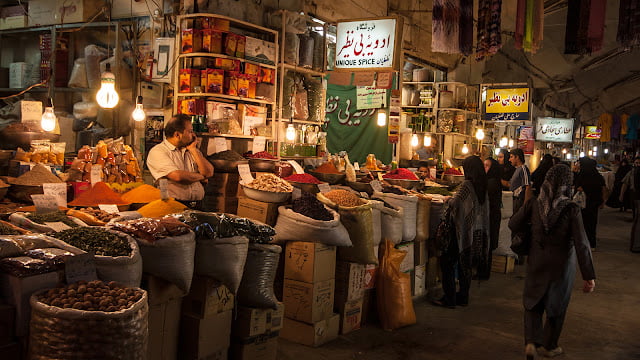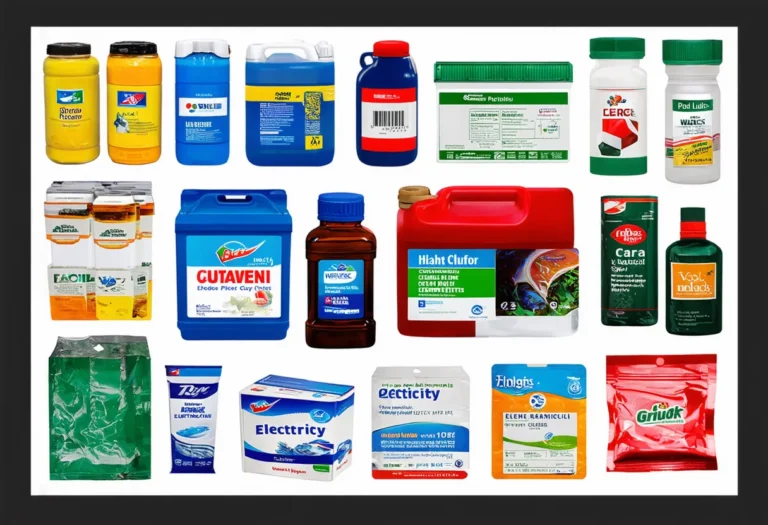South Africa, with a population of 59,893,885, is ranked 23rd globally, just behind Tanzania. Located in the southern part of Africa, it covers a total area of 1,219,090 square kilometers, ranking 24th worldwide, just below Mali.
South Africa’s economic position in 2022 is notable, with a GDP of $405,270,850,099.387, ranking 37th globally. It is closely behind Malaysia, which has a GDP of $407,027,451,714.616. South Africa’s GDP per capita is $6,766.48125, placing it at the 94th position worldwide.
It lags behind Albania, which has a GDP per capita of $6,810.11404. Despite facing challenges, South Africa’s economy remains significant on the global stage.
What are the economic activities of South Africa?
- Primary activities: 2.8% of GDP.
- Secondary activities: 29.7% of GDP.
- Tertiary activities: 67.5% of GDP.

Primary Sector of South Africa
South Africa’s primary sector, particularly its agricultural activities, thrives due to its diverse climate and abundant natural resources. With 79.42% of the land dedicated to agriculture, the country produces a variety of crops and animal products, including sugarcane, maize, milk, potatoes, wheat, grapes, chicken, oranges, apples, and soybeans.
Despite agriculture contributing only 2.8% to the GDP, it plays a crucial role in the economy. The top ten agricultural products, based on tonnage, showcase the sector’s significance and highlight the country’s agricultural diversity.
With a diverse geological landscape, the primary sector thrives in South Africa due to abundant natural resources. Gold, chromium, coal, and platinum drive the economy, along with iron ore, manganese, and diamonds. The country’s leading chromite ore production in 2022 highlights its significance in the global market.
South Africa’s oil production of around 950 barrels per day ranks it 70th globally. With 15 million barrels in reserves, it holds 0% of the world’s total.
South Africa’s gas production, ranking 65th globally, contributes to its diverse economic activity.
Secondary Sector of South Africa
What is the secondary sector or what are secondary activities?
The secondary sector comprises industries that transform raw materials from primary activities into finished products. In South Africa, major industrial products include platinum, gold, chromium, automobile assembly, metalworking, machinery, textiles, iron and steel, chemicals, fertilizer, foodstuffs, and commercial ship repair.
Manufactures in South Africa’s total exports accounted for 40.49% in 2023, indicating a significant but not dominant role in the country’s export sector. Other industries also play crucial roles in diversifying the economy.
Tertiary sector of South Africa
What is the tertiary sector or what are tertiary activities?
The tertiary sector in South Africa encompasses various services where individuals provide knowledge and time to enhance productivity and meet needs. Key activities in the country’s tertiary sector include healthcare and medical care, education and training, banking and finance, communication and information exchange, tourism and hospitality, transportation and logistics, and security and protection. These services play a crucial role in driving economic growth and development in South Africa.
Among these, South Africa’s tourism industry contributes significantly to the country’s economy, with over 14 million annual arrivals. Popular destinations like Kruger National Park and Cape Town’s Table Mountain attract visitors, generating revenue and employment. Tourism accounts for around 0.25 of the country’s GDP, highlighting its economic importance.
Another example of tertiary economic activity is the mobile cellular sector, boasting over 100 million subscriptions, which fosters technological growth by enhancing connectivity and enabling digital innovation across various industries.
Military Activities and Economic Sectors of South Africa
The military is a clear example of many economic activities working together. In South Africa, the military uses resources from the primary sector for equipment and supplies. The secondary sector manufactures military gear, while the tertiary sector provides services like logistics and training. The quaternary sector focuses on research and development, creating new technologies. Finally, the quinary sector involves high-level decision-making and strategy for military operations.
In 2023, South Africa’s military expenditure was about 2,781.1 million US dollars, which is 0.74% of the country’s GDP. The active military force has 65,350 personnel, resulting in about 1.5 active military members for every 1,000 people in the country.
International Trade of South Africa
Import Activities of South Africa

South Africa’s import activities are crucial, accounting for 31.52% of its GDP, with a total of $107.12 billion imports in 2023.
South Africa’s major import activities include refined petroleum, cars, and broadcasting equipment. Its top partners are China, Germany, India, the US, and Saudi Arabia, with China accounting for 21% of imports.
Exports Activities of South Africa

South Africa’s total exports in 2023 amounted to $110.6 billion, constituting 33.54% of its GDP. This signifies a medium level of importance, reflecting a significant contribution to the country’s economic growth and stability.
South Africa’s export activities are diverse, with major partners like China, the US, Germany, India, and Japan. Key commodities include gold, platinum, coal, cars, and diamonds.
South Africa economy challenges in 2024
In 2024, South Africa faces challenges with its economy hit hard by COVID-19, poor utilities management, and high income inequality. Despite being a key rare earth goods exporter and hosting Africa’s largest stock exchange, rising unemployment, especially among the youth, and ongoing land rights changes pose significant obstacles for the country.




Leave a Reply